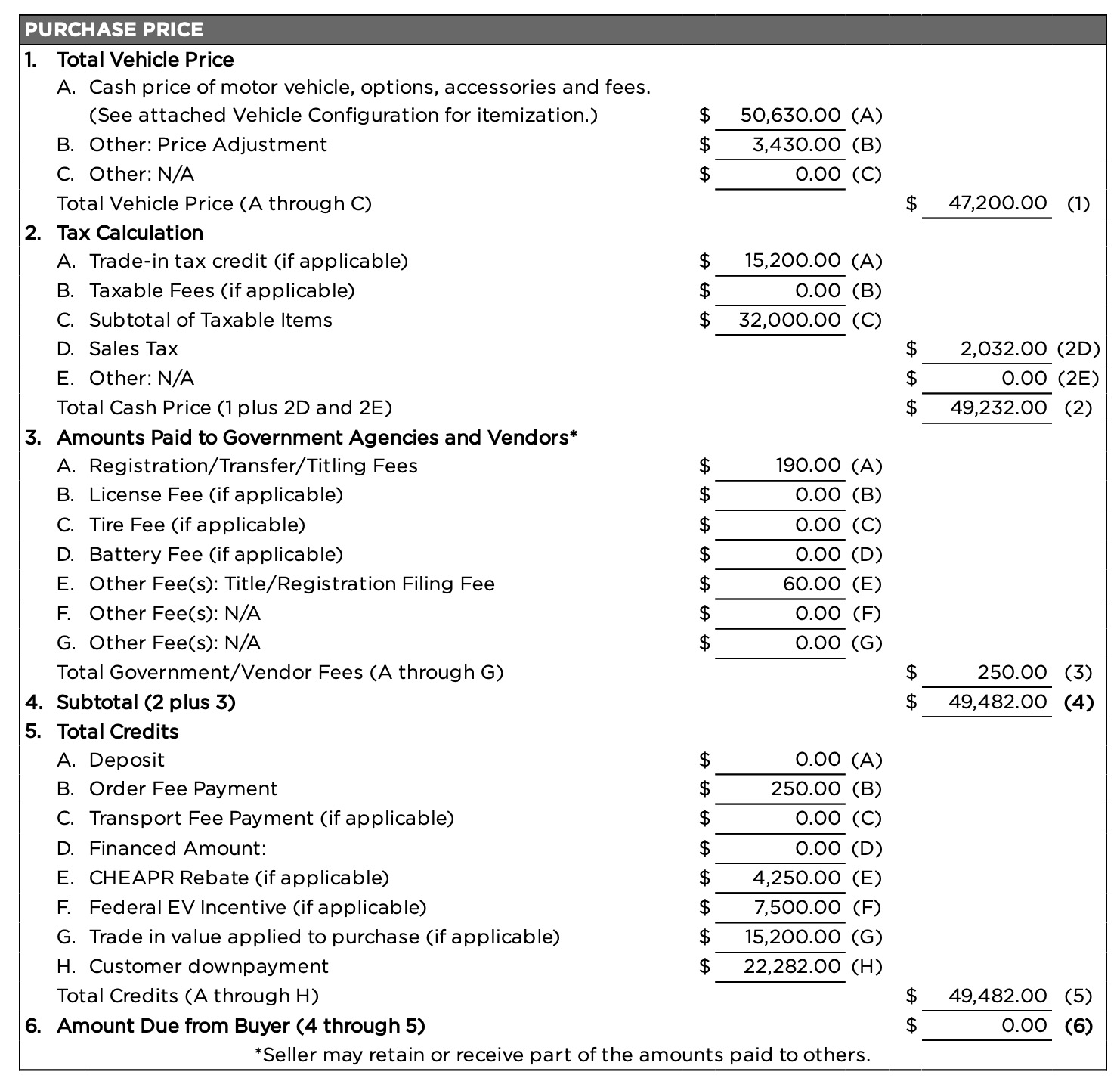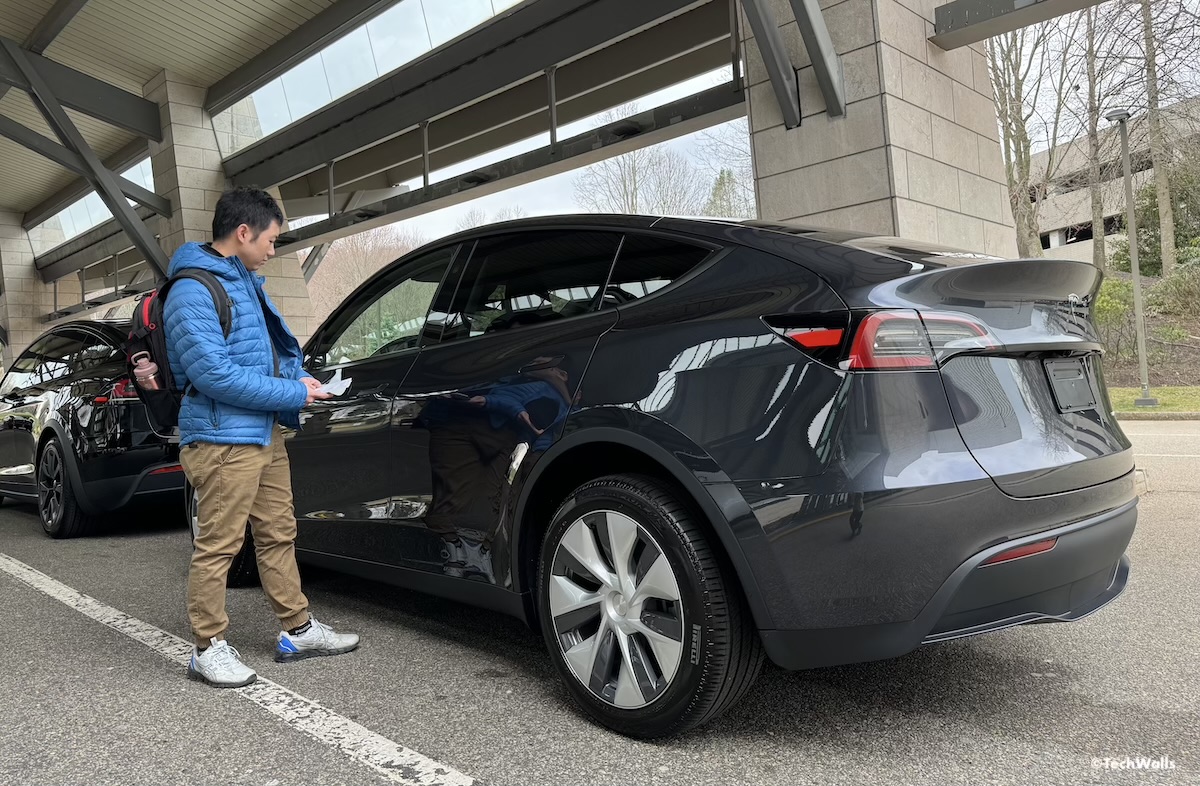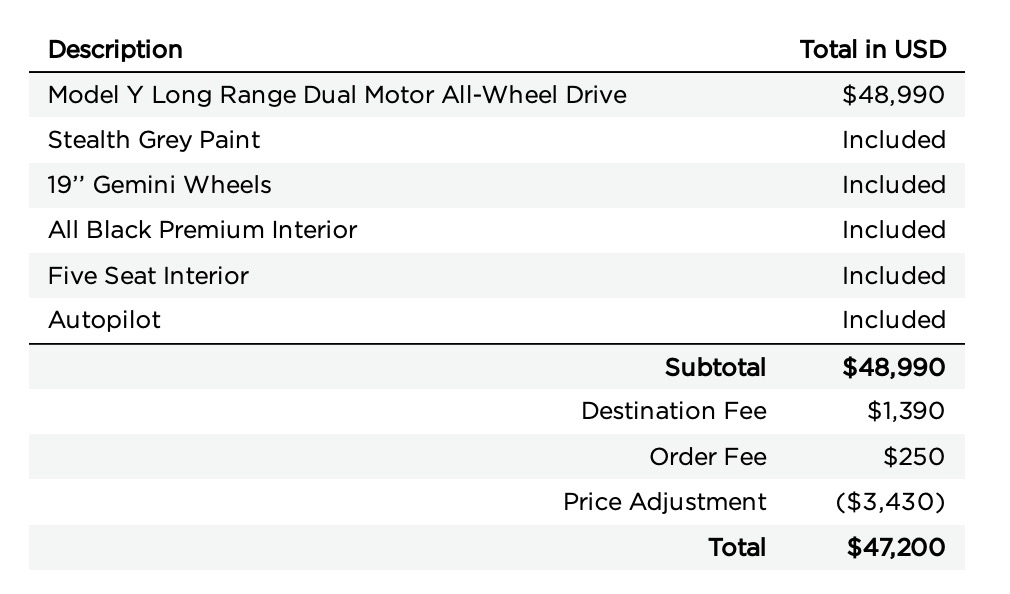I’d waited years for the price drops of the Tesla Model Y and finally decided to pull the trigger last month. There were some steep discounts in their inventory and although I couldn’t buy it at the lowest price, it was still a decent deal. Specifically, the MSRP of the Model Y Long Range was $48,990 and it dropped to $45,560 after the price adjustment. However, that is not the total cost of owning the EV. The total cost of ownership (TCO) can be a blend of savings and expenditures that potential owners should carefully consider. Let’s break down all the costs, including hidden ones that don’t show up until you complete the purchase.
Initial Purchase and Fees
A look into the detailed pricing of the Tesla Model Y reveals an enticing starting price. With the Long Range Dual Motor All-Wheel Drive variant priced at $48,990; It comes with basic features such as stealth grey paint, 19″ Gemini wheels, and an all-black interior. However, a destination fee of $1,390 and an order fee of $250 inflate the initial cost, offset slightly by a price adjustment discount of $3,430, bringing the purchase price to a total of $47,200.
Taxes and Government Charges
Upon taking a deeper look, the government gets its share with sales tax and vehicle registration fees. For instance, the Model Y accrues a sales tax of $2,032 and registration-related fees amounting to $250. The sales tax is actually reduced significantly because I traded in my old car. If I didn’t trade in my car, I would have to pay nearly $3,000 in sales tax. The subtotal now increases to $49,482, but this is not the final figure that left my bank account.
Credits and Incentives
Buyers of the Model Y may qualify for many rebates and tax incentives, depending on the income. In my case, I received a $4,250 CHEAPR rebate from the state of Connecticut and a substantial $7,500 Federal EV Incentive. More importantly, the incentives are deducted directly at the point of purchase and I don’t have to wait until filing tax to get them. The incentives and trade-in value of my previous car significantly diminish the financial burden, dropping the total cash due to $22,282, provided all conditions are met. In case I didn’t trade in the previous car, my total would be approximately $38,500.

Recurring Costs and Savings
Ownership of an EV is an ongoing relationship with recurring costs, just like any other car. The Tesla Model Y, being electric, presents a unique set of cost variables:
- Charging vs. Fueling: The absence of a gasoline engine means no gas station visits. Charging costs will vary depending on local electricity rates and driving habits, but often represent savings when compared to traditional fuel.
- Maintenance: EVs promise lower maintenance due to fewer moving parts and less wear on components like brakes, thanks to regenerative braking. However, you might have to replace tires more regularly because the car is heavier and accelerates faster.
- Insurance: Insurance premiums may be higher for a Tesla due to its price point and repair costs, which is an essential factor for buyers to research. In my case, the premium increases by 44% from $90 to $130 per month for the same coverage.
- Charging Infrastructure: Home charging setup costs can be an additional upfront expense, though sometimes offset by utility company incentives. I didn’t make any upgrade and just bought the Mobile Connector for $250 because trickle charging is good enough for me.

Conclusion
While the initial purchase price of the Tesla might seem steep, rebates and incentives, coupled with the savings from lower running costs, make it easier to switch to electric. It’s an investment not only in personal transportation but also in a more sustainable future. I spent just over $22,000 to upgrade from an old ICE to the EV, so I am very happy with the decision.




